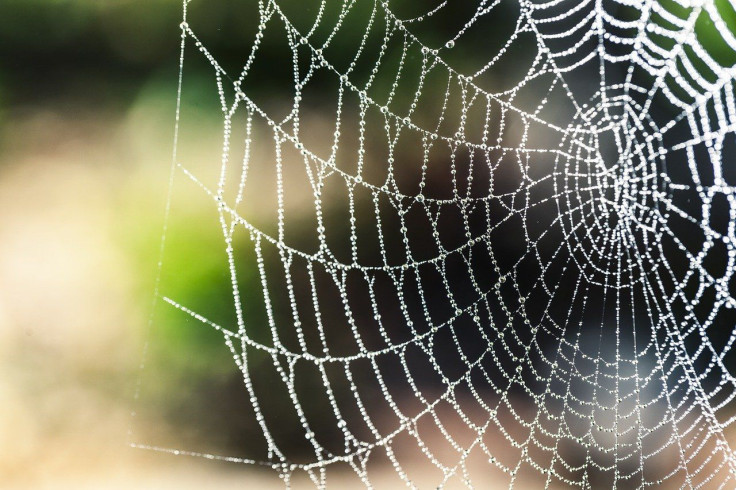Do Spiders Sleep? Video Shows Spiders Seeming To Be In REM State
KEY POINTS
- The researchers observed more than 30 spiderlings at night
- The spiders twitched, curled their legs and had "retinal movements"
- These show possible "REM sleep-like state" in the spiders
Do spiders snooze like humans? A team of researchers has found evidence indicative of Rapid Eye Movement (REM) sleep among the arthropods.
For their study, published Monday in the journal Proceedings of the National Academy of Sciences, the researchers conducted nighttime observations of newly hatched jumping spiders. The idea was to see whether these spiders also have REM sleep.
The efforts come after the researchers recently discovered jumping spiders hanging from spider silk in their containers at night, AP News reported. The "strictly nocturnal posture," on top of their inactivity at the time, suggested that they were asleep. The researchers also observed behaviors such as leg curling and twitching, potentially indicative of REM sleep.
"However, the existence of different sleep phases across taxa is as yet unclear," they wrote. "In particular, the study of rapid eye movement (REM) sleep is still largely centered on terrestrial vertebrates, particularly mammals and birds."
As suggested by its name, the hallmark of REM is eye movement, but not many creatures have evolved "movable eyes." Jumping spiders, however, have "movable retinal tubes." And when they're still spiderlings, they have translucent exoskeletons through which one can observe their eyes.
To find out if the jumping spiders have REM sleep, researchers observed 34 spiderlings overnight using an infrared camera. Indeed, they again captured evidence of twitching and leg curling, movements suggestive of a sleep-like state. They also observed "periodic retinal movements" demonstrative of "REM-like bouts."
One can see videos of the spiders' sleep-like behaviors and retinal movements in a video shared by Scientific American.
"This report provides direct evidence for an REM sleep-like state in a terrestrial invertebrate — an arthropod — with clear parallels to REM sleep in terrestrial vertebrates," the researchers wrote.
In other words, the spiders appear to be sleeping like humans. The question now is whether the spiders are really sleeping during these resting states, according to AP News.
Entomologist Barrett Klein of the University of Wisconsin-La Crosse, who was not involved in the study, expressed excitement at the prospect of finding "REM-like signs in such a distant relative," the outlet noted.
However, sleep researcher Jerry Siegel of the UCLA Center for Sleep Research, who was also not involved in the study, expressed doubts. "There may be animals that have activity in quiet states," Seigel said, as per AP News. "But are they REM sleep? It's hard to imagine that they could be the same thing."
The researchers also noted the importance of the discovery in understanding REM sleep.
"That these characteristic REM sleep–like behaviors exist in a highly visual, long-diverged lineage further challenges our understanding of this sleep state," they wrote. "Comparisons across such long-diverged lineages likely hold important questions and answers about the visual brain as well as the origin, evolution, and function of REM sleep."

© Copyright IBTimes 2025. All rights reserved.






















